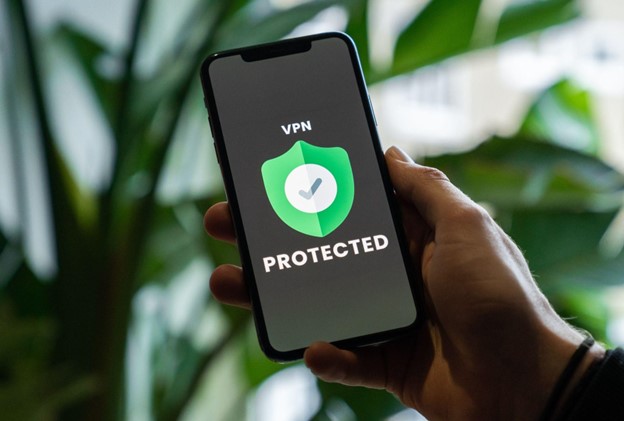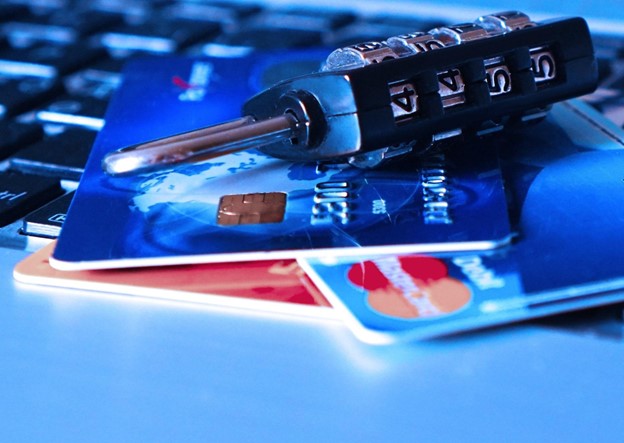If you own a business, the chances of your business information being readily available on the internet are high. Sadly, with this information online, it is easy for criminals to commit business identity fraud.
Business identity fraud has become quite popular with fraudsters due to higher credit limits and larger bank account balances. Some thieves even take advantage of a company’s legitimacy to trick regular clients into divulging sensitive personal information.
Therefore, you must take measures to ensure you do not leave your business vulnerable to identity theft. So, how do you prevent business identity theft incidents? Here are some innovative tips to help you stay ahead of fraudsters.
Guard Your Passwords To Prevent Identity Theft
Passwords are essential safeguards against unauthorized access. However, if your passwords are weak (easy to guess) or you do not take care of them, you can easily fall prey to identity theft. Hence, you should take measures to ensure the safety of your passwords. Here are some of those measures.
Get a Password Manager
It is easy to forget your passwords; sometimes, you might think to write them down. But, it is wiser to use a password manager. If you use a password manager, you’ll be able to keep track of all of your passwords in one location. In addition, this manager uses an encrypted vault to store your passwords.
Use Complex Passwords
You would be surprised at the number of people who use basic information like their middle name or birthday as their password. It is best to use long, complex passwords that are hard to guess. Utilize a minimum of eight characters and include a mix of upper and lower case letters, special characters, and numbers.
Monitor Your Bank and Credit Card Statements
One of the most common forms of identity theft is credit card fraud. Therefore, if you want to protect yourself and your business from identity theft, ensure to monitor your bank and credit card statements regularly. Doing so will allow you to quickly notice any suspicious activity, such as transactions you know nothing about.
In some cases, the thief could be trying to steal small amounts of money from you slowly. But, in other cases, they may check to see if you or your financial institution notice these small discrepancies. If they are not flagged, the thief may want to take advantage of that and go for a larger amount.
Lock Your Credit
Locking or freezing your credit file means no one, not even you, can access your credit report. By locking your credit, you are stopping anyone from applying for a loan, opening an account, or getting a credit card using your name.
You can easily freeze your credit by contacting the three major credit bureaus: Equifax, Experian, and TransUnion. These bureaus offer online, mail-in, and telephone alternatives to freeze your account.
Many identity theft protection services can also help you lock your credit. However, some may be unable to reach out to all three bureaus. For example, LifeLock and Identity Guard help you contact one or more bureaus, but not all. So, this is something to think about when comparing the two.
After successfully locking your account, these agencies will give you a password or PIN, which you can use to temporarily or permanently end the credit freeze.
Furthermore, you can lock your credit free of charge, and the process does not affect your credit score.
Register Your Trademark
Ransomware is a prominent issue in cybercrime, but trademark ransom is just as terrible.
Trademark ransom is when someone registers your business name and informs you that you are illegally using their trademarked name. Naturally, this person will request a ransom.
You can either choose to go to court or pay the ransom. Unfortunately, there is little you can do at this point that wouldn’t cost you money and time. Therefore, you should try and avoid this situation altogether by trademarking your logo and name in all regions where you run your business.
Check Your Mail Everyday

Although technology is involved in many instances of identity theft, this is not always the case. One of the easiest ways to get your identity stolen is when a fraudster steals your mail. Your mailbox may contain important documents such as utility bills, tax and healthcare forms, credit card statements, and other financial information.
Alternatively, this fraudster may use your name to request a change of address to substitute where your mail gets delivered. Sadly, it may take a long time for you to notice rerouted mail.
So, to deal with this, you should take note of all correspondences you are expecting and when they should arrive. In addition, you should place your mail on hold when you are not around.
Utilize Multi-factor Authentication (MFA)
Multi-factor authentication (MFA) plays a key role in protecting your personal information. You can use MFA to add a supplementary layer of password protection for things like your email, bank accounts, social media accounts, credits, and even your building’s access control.
Depending on the platform you are using, MFA may require one or more of these identifiers:
- Biometrics (fingerprint, facial recognition, or voice print)
- Password or PIN
- Another device, such as a smartphone
With MFA in place, a criminal cannot access your account without your fingerprint, smartphone, or others.
Rip Up Sensitive Documents To Prevent Identity Theft
There are various ways for someone to get a hold of your personal information, such as phishing, social engineering, and dumpster diving.
Even though dumpster diving is an older tactic, people still resort to this strategy when they want to steal personal information. So, you should shred any confidential documents before throwing them away.
That said, you can securely keep a few months of utility bills, bank and credit card statements, and other sensitive documents.
Enlighten Your Employees on Cybersecurity
A major cause of identity theft is a lack of knowledge, so you must educate your employees and yourself on how to stay on top of cybersecurity trends.
No matter how small your business is, ensure that all employees are well-versed in their company’s cybersecurity plans. Remember that the most important places to focus on are human resources (HR), finance, legal, and IT departments because they have access to key information and vital structures.
That said, here are some ways you can enlighten your employees on cybersecurity.
Ensure Some Employees are Certified
Help some employees get certified in fields such as data protection. Not only will they be able to help protect your businesses, but they will also teach other workers all they know regarding cybersecurity.
Distribute Educational Materials To Help Prevent Identity Theft
You can teach your employees how to guard against identity theft by sharing some material and resources online. There are various free and paid online courses on the internet that you can share with them. Also, it wouldn’t hurt if you took these courses as well.
Protect Your Company’s Networks and Devices

With so many threats on the internet, it is vital that you safeguard your IT systems. You can do this by:
- Setting up a firewall
- Installing an antivirus
- Using virtual private networks (VPNs)
- Restricting access to systems, networks, and sensitive resources
Failing to do this can expose your devices and networks to hackers and malware and can quickly lead to the theft of your private information.
Conclusion
Corporate identity theft is dangerous because it can cripple your company and leave you bankrupt. In dire cases, you may need to shut down your business.
However, you can prevent all this by taking measures to protect your business information. Hopefully, you can use the tips in this article to make a difference.
